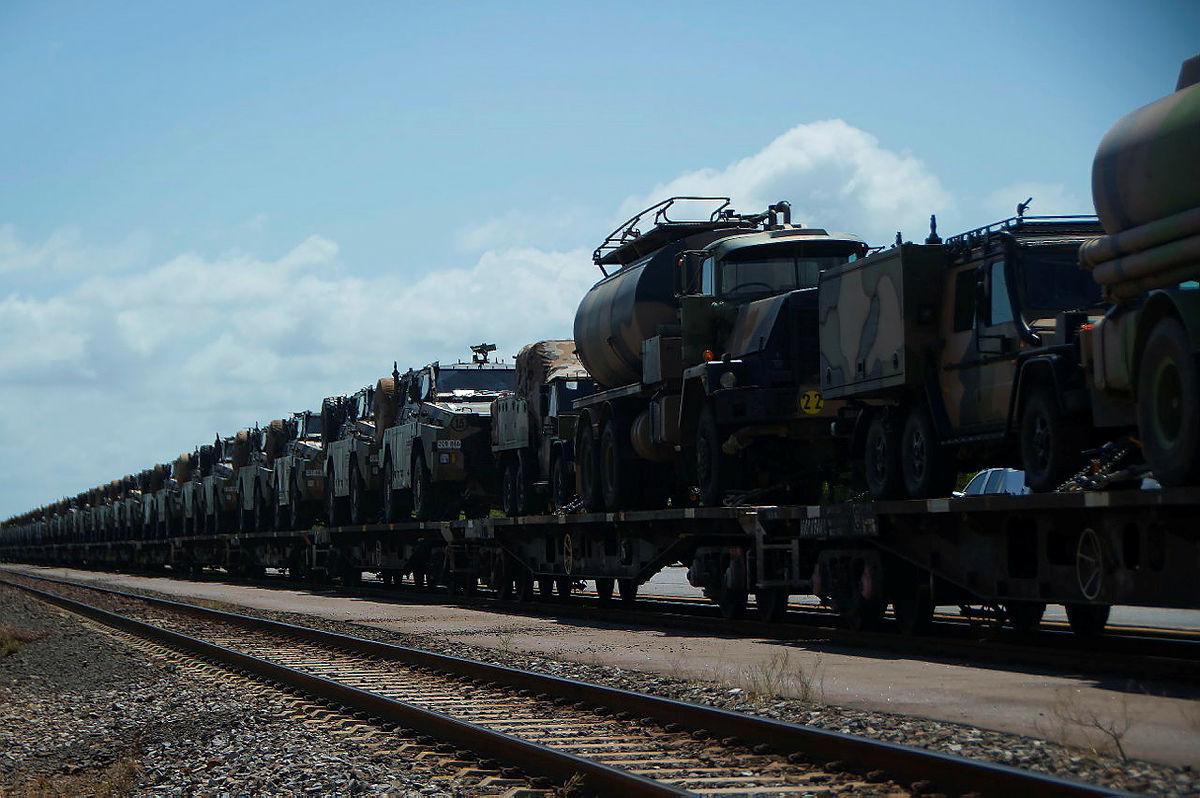
Going into May’s federal election, the Australian Labor Party announced that it would undertake a defence force posture review if elected. Following the election and Labor’s win, the scope of the review increased dramatically. The defence strategic review that’s currently underway is more akin to a full-blown white paper—produced in an incredibly condensed timeframe. But what about force posture?
The deterioration in Australia’s strategic environment has catalysed defence capability debates. Inexplicably, though, there’s been little discussion about our defence force posture. Despite the 2020 defence strategic update’s acknowledgement that the warning time for a major conflict in the region has reduced drastically, the prevailing thinking about posture is still about home bases for force generation and maintenance. The expansion of the review’s scope is a welcome development for broader national security. Still, there’s a risk that the debate over defence capabilities and budgets will push force posture concerns into the background.
There are likely some in the defence organisation who will welcome the reduced focus on force posture. To date, most of Australia’s force posture decisions have been driven by sunk costs, politics and industry rather than strategic advantage. If that were to change, there would be a resource impost. In a tight fiscal environment where big money is invested in capabilities, any additional expenditure for defence is far from welcomed.
Consecutive defence white papers and the 2020 update have highlighted the importance of northern Australia to the nation’s force posture. While Australia has had two force posture reviews over the past 40 years, the last time the Defence Department seriously considered the topic in the context of Australia’s geography was in the 1980s.
In his 1986 review of defence capabilities, Paul Dibb argued: ‘If we are to project credible military power in the most vulnerable part of the continent, we require a larger permanent presence in the north of Australia.’ Dibb’s thinking shaped Defence’s force posture in Australia’s north for more than two decades.
Northern Australia is a tough place for policymakers. Australia has long struggled with delivering on strategy and policy there, and Defence is no exception.
Despite all the strategic policy commitments to northern Australia, a growing body of evidence indicates a gap between strategic policy and the Australian Defence Force’s activities and presence in the north. This gap is symptomatic of an even broader chasm in Australia’s northern development policies, which also has an impact on the defence of Australia. If the northern Australian industry and logistics base isn’t scalable, the ADF might not be able to be optimally configured to defend Australia or conduct short-notification joint expeditionary operations in our region—at least not without further federal investment.
Given the current strategic outlook, piecemeal defence investments in the north (while not without benefits) might not be building the holistic national security ecosystem that’s needed. However, unless the role of the north in is clearly contextualised Australia’s defence strategies, it will be hard to take a different path.
The US Department of Defense seems to have a much clearer view. Over the past 10 years, it has shifted its thinking about the importance of northern Australia. For a long time, northern Australia was viewed as a place to train. Today, the Pentagon increasingly views the region as a theatre gateway to operating across the Indo-Pacific. It is now moving fast to ensure it has the necessary infrastructure in place to do that, including building bulk liquid-fuel storage and new facilities at Royal Australian Air Force Base Tindal.
With significantly reduced warning time, it’s likely that the north of Australia will increasingly be either the ADF’s forward operating base or its lily pad to another forward location in the Pacific or in the first or second island chain.
The broader adoption of this concept could help modernise our force posture thinking, especially in our north. In military parlance, a forward operating base is a small, usually temporary, base that provides tactical support in an operational theatre. A forward operating base in northern Australia would entail its defence infrastructure being in a state of readiness to support a range of contingencies of which we may have little advance warning.
This concept does provide a modernised way of thinking about our northern strategic geography. But, given the small size of the north’s communities and industrial base, further refinement of this concept is required. Arguably, no single city or town in northern Australia can meet all of Defence’s needs. And the federal government must make tough fiscal choices about infrastructure investment. There’s logic in clustering two or more regions in northern Australia together to form a forward operating base, or, as our US ally increasingly says, ‘theatre gateway’. There are two obvious regions in which Defence should establish these ‘bubble’ or ‘corridor’ theatre gateways.
In north Queensland, the Cairns, Townsville and Charters Towers local government areas form one such theatre bubble that could support a range of contingencies in the Pacific. Collectively, they provide the geographic and economic conditions necessary.
The second is in the Northern Territory. The Katherine–Darwin corridor provides the space, infrastructure and industrial base to support a range of contingencies across the region.
Some in Defence will likely view any argument for changes in force posture cynically. There are sure to be several jurisdictions practically arguing for the relocation of defence assets and people. Political pressure will also be brought to bear to move many of these same assets and personnel to other locations. Regardless, the defence strategic review offers a timely opportunity to modernise the way we think about our strategic geography.